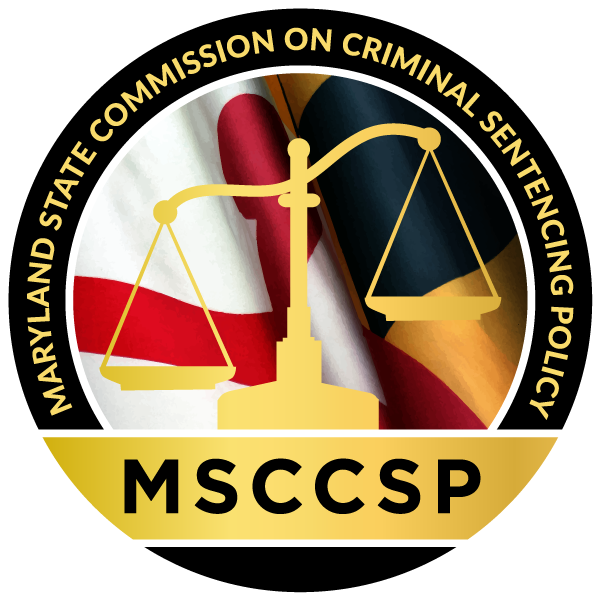Sentencing Guidelines Worksheet Changes, 2013
In April 2013, the MSCCSP began distribution of version 1.8 of the Maryland Sentencing Guidelines Worksheet. Version 1.8 implemented the following changes:
Revisions to the Indigence Established Section of the Worksheet
The MSCCSP revised the Indigence Established section of the Maryland Sentencing Guidelines Worksheet to more clearly indicate that the field pertains to whether or not victim related court costs were imposed. The language on the worksheet was amended from Indigence Established to Victim Court Costs Imposed.
The instructions in the MSGM indicate that this item asks “Were the victim related court costs imposed pursuant to Courts and Judicial Proceedings Article, §7-409 and Maryland Rule 4-353?” The costs outlined in CJ, §7-409 include a $45 circuit court fee that is divided among the State Victims of Crime Fund, the Victim and Witness Protection and Relocation Fund, and the Criminal Injuries Compensation Fund.
This question should be answered regardless of whether the case involved a direct victim because the victim related court costs are expected to be imposed for all crime types, including drug offenses.
Revisions to the Victim Information Section of the Worksheet
The MSCCSP also revised the Victim Information section of the Maryland Sentencing Guidelines Worksheet. These changes are detailed below.
- CICB Cost Imposed question was removed from the guidelines worksheet, as it was redundant with the Victim Court Costs Imposed question noted on the previous page.
- Victim Unavailable question was changed to Victim Non-participation. The instructions in the MSGM indicate that this question should also be answered YES if the victim did not participate, was not located, did not maintain contact with involved parties, or waived his/her rights.
- NRF question was changed to Victim Notification Form, as this latter term is regularly used by prosecutors and is more clearly understood to represent the Crime Victim Notification & Demand for Rights form. Few are familiar with the NRF abbreviation; as a result, this question was often left blank.
- No Contact with Victim question was changed to No Contact Requested to more clearly indicate that this question is asking, “Did victim or State make a request that defendant have no contact with victim?”
- Added No Contact Ordered question to the guidelines worksheet. The purpose of this question is to distinguish whether a judge ordered the defendant to have no contact with the victim, as opposed to whether a request for no contact was made by the victim or the State.




